 Name: Maria Panínguak` Kjærulff
Name: Maria Panínguak` Kjærulff
Webpage: www.inuitlady.com
Instagram: @inuitlady
What medium do you work in? How did you choose that medium?
I work with charcoal and acrylic, drawing, ink and watercolors. I love drawing, so it was natural for me to continue with that medium. Acrylic is good because it dries fast and I can work in layers. Watercolors have been my medium of choice for the past ten years, because it is something I can work with at home, without making a mess and without requiring the large studio needed for working with acrylics.
How and why did you decide to focus on the polar regions in your work?
Because it is my home.
What polar themes or imagery do you typically focus on?
 I don’t tie myself down to one subject, or limit myself in that way—but I have painted polar bears in regard to climate change: I have painted images with polar bears and ice melting on a 21-foot container, on a tiny stamp, and on a canvas painting that was donated for a good cause.
I don’t tie myself down to one subject, or limit myself in that way—but I have painted polar bears in regard to climate change: I have painted images with polar bears and ice melting on a 21-foot container, on a tiny stamp, and on a canvas painting that was donated for a good cause.
When I was part of the Environmental Sculpture Biennale in Finland, I worked with what was available in stones and nature and flowers to create an environmentally sustainable piece, I called “Igloo Ruin”. …The work takes a stand towards climate change as a future flash into the past. An eternal igloo is built of stone that will not melt. A perennial Greenlandic white flower grows around the work; and a myth from time immemorial is connected to picking it up: do not pick the flower, so that it will not begin to rain. Amidst big trees, the igloo is like a holy place of nature.” (source: https://artii.fi/artists/maria-paninguak - https://artii.fi/artists/maria-paninguak-kjaerulff/)
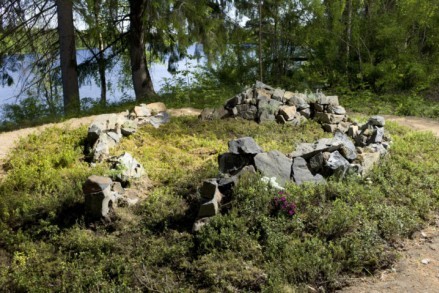 In my recent work of graphic watercolors with Inuit cultural icons, I have painted a series of ‘Inuit Lady’s with Greenlandic flora. And also a rare orchid that grows a few places in Greenland. A recent painting included two narwhals. (At the same time they were released, the hunting on narwhals on the East coast of Greenland was a focus in the news, with biologists warning that the high quota for hunting narwhals threatens their existence.)
In my recent work of graphic watercolors with Inuit cultural icons, I have painted a series of ‘Inuit Lady’s with Greenlandic flora. And also a rare orchid that grows a few places in Greenland. A recent painting included two narwhals. (At the same time they were released, the hunting on narwhals on the East coast of Greenland was a focus in the news, with biologists warning that the high quota for hunting narwhals threatens their existence.)
Have you exhibited your artwork in-person or online somewhere recently or have an upcoming exhibition?
Yes, I have exhibited my artwork in several galleries and museums in Greenland, the Nordic Countries, as well as Canada and the US. I participate in annual group exhibitions with The Associations of Artists in Greenland, KIMIK. This year, the show is in May in the Cultural House of Greenland, Katuaq. My recent work with the ‘Inuit Lady’ was portrayed in a book published in Korea by author Kim Insuk.
Do you have any advice for polar scientists and researchers who might like to engage more with using art to share their results and research?
Visual images have a strong power to convey information. Choosing indigenous and local artist that experience the changes in the polar regions on a daily basis is a way of acknowledging their hands-on experiences with the region, culture and climate. They know things that you can’t necessarily measure or read anywhere. Giving them a voice will get you further and cooperating will give you both insights into unique worlds.
What reactions do you often receive to your art?
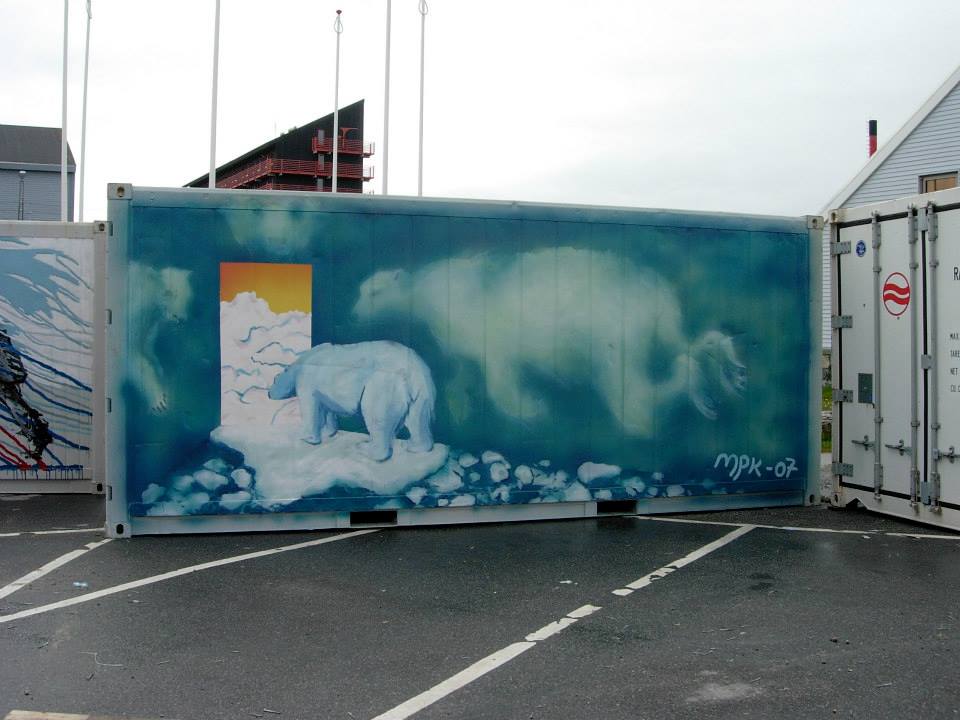 With my large painting on the 21-foot container, the local people of Greenland associated the swimming polar bears with a spiritual dreamy take on the animal, which I enjoyed. The Inuit Ladies are popular in that it is a new take on cultural images with a fresh twist. Another reaction is that people wish for me to go further than Greenland with my work. Beyond this small community.
With my large painting on the 21-foot container, the local people of Greenland associated the swimming polar bears with a spiritual dreamy take on the animal, which I enjoyed. The Inuit Ladies are popular in that it is a new take on cultural images with a fresh twist. Another reaction is that people wish for me to go further than Greenland with my work. Beyond this small community.
What do you think are the biggest challenges facing the polar regions today?
Global warming, information and education. In regard to the narwhals being overhunted, I find a clash between culture and facts. There is a lot of emotions and identity tied with old traditions, that are sensitive and risky for politicians to deal with, if they want to take the sustainable and responsible choices needed. Another big concern is all the social problems that need a great change of focus and structure, in order to really deal with and get to the root of the problems. It’s deep and connects to everything else in life here: families, schools, education, jobs, drugs, motivation, empowerment, etc.
Do you have a favourite fellow polar (or nature) artist?
I have admiration for many of my fellow artists in all fields, local as well as abroad. To me, it is people made of the same lump of clay as myself. The favourites are those, who manage to speak to my heart and values with humility and kindness. Respecting others and themselves. That is an art in itself.
Please provide a website that features your work and social media handles to share with our public. Thank you!
Maria Panínguak` Kjærulff
Facebook: @mariakjaerulffofficialpage
Facebook/Instagram: @mariagreenlandart
Facebook/Instagram: @inuitlady
© All pictures created by Maria Panínguak` Kjærulff

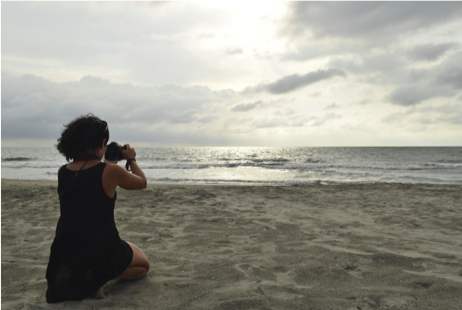
 Como y porque decidiste enfocar tu trabajo artístico en las regiones polares?
Como y porque decidiste enfocar tu trabajo artístico en las regiones polares?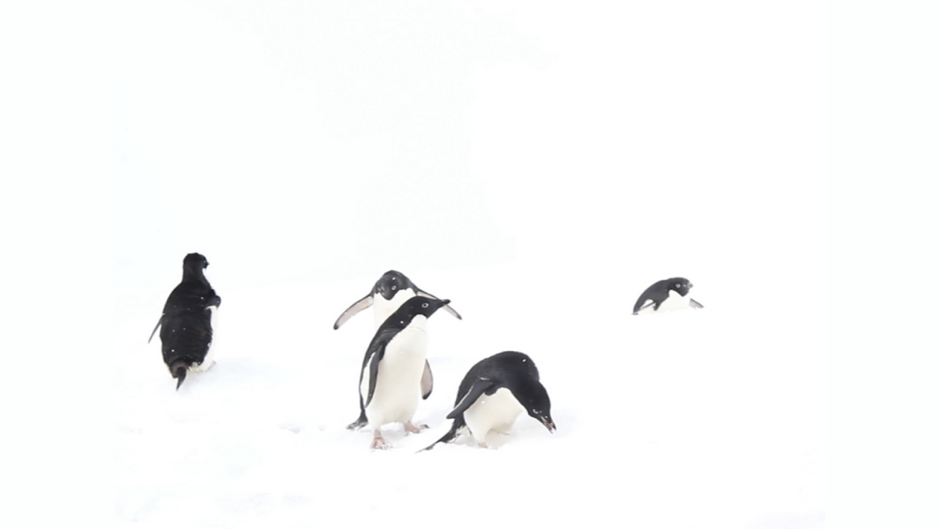 Has realizado exhibiciones de tu trabajo en persona o en línea recientemente, o estas preparándote para alguna exhibición? Donde y cuando?
Has realizado exhibiciones de tu trabajo en persona o en línea recientemente, o estas preparándote para alguna exhibición? Donde y cuando?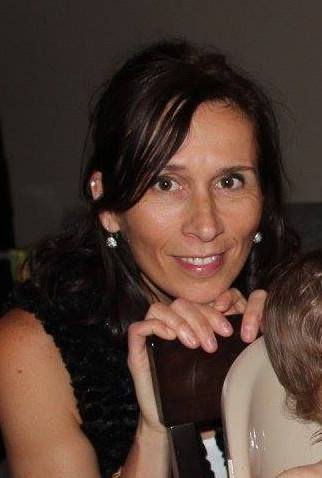 Name: Helene Girard
Name: Helene Girard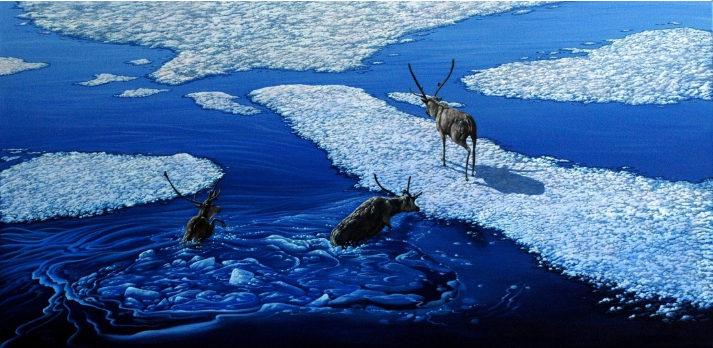 How and why did you decide to focus on the polar regions in your work?
How and why did you decide to focus on the polar regions in your work?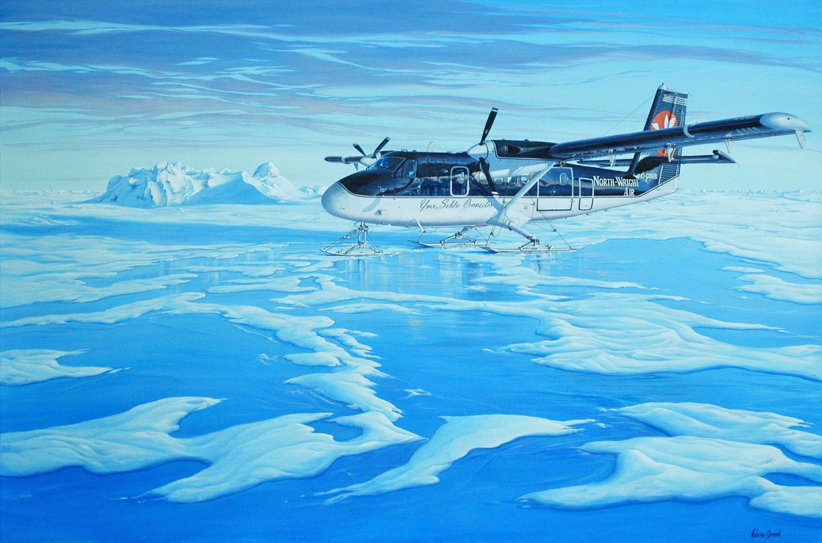 What reactions do you often receive to your art?
What reactions do you often receive to your art? Name: Adele Jackson
Name: Adele Jackson How and why did you decide to focus on the polar regions in your work?
How and why did you decide to focus on the polar regions in your work?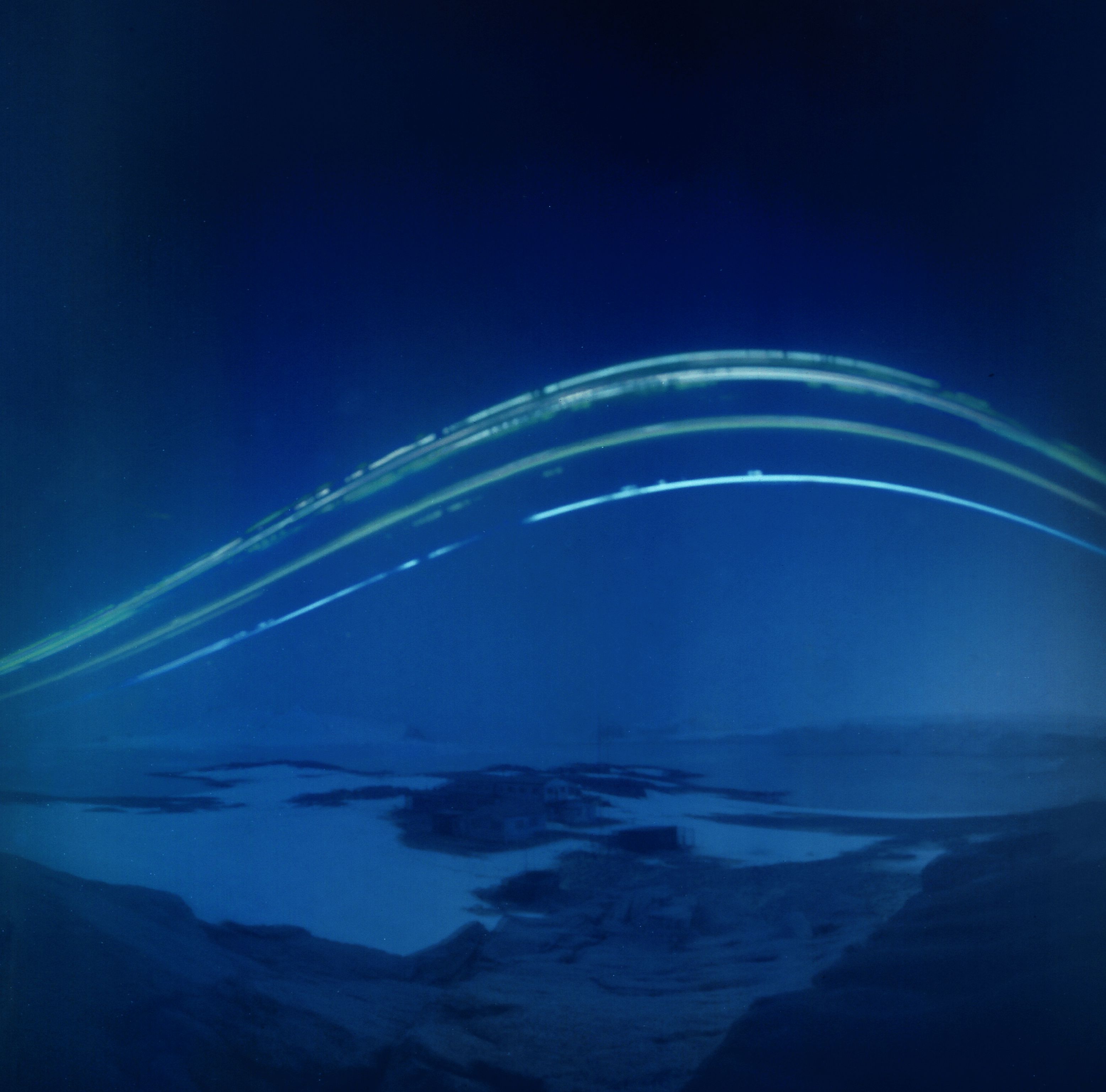 What reactions do you often receive to your art?
What reactions do you often receive to your art?

